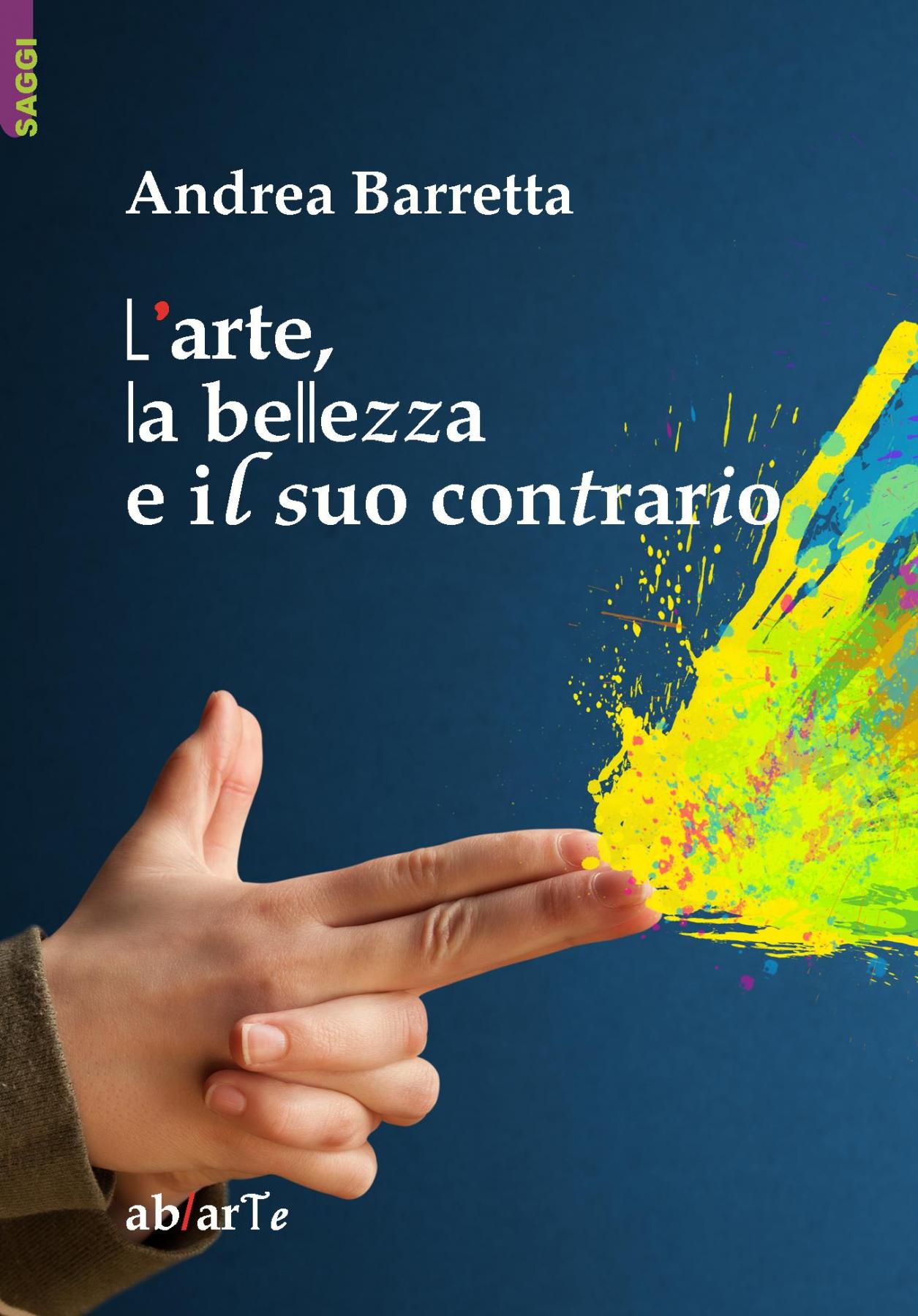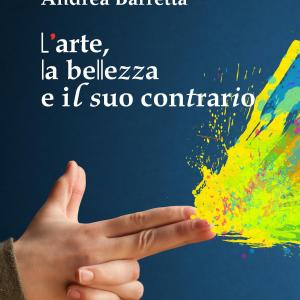Ed. Ab/arts, 2014, pp. 176 (Essays)
How is it possible that in Italy, the home of beauty always, you can live with the ugliness in a collective indifference? Here you'll find some answers, but if the art does not give you neither pleasure nor sorrow, if you do not feel dizzy in a Gothic cathedral and in front of a Rothko painting continues to believe that "spirituality" is just a religious expression, if for you knowledge and existence have nothing in common with the aesthetics and feel indifference to the "Pietà" by Michelangelo while you enjoy one of Fabre, if you only have certainties and no doubt, if that Duchamp was a cunning of the district and Beuys example that everyone can make art ... do not read this book, notes on the front page the journalist and writer Andrea Finger.
Then later Barretta says, addressing the reader, that if you decide to go ahead, it will mean that all is not lost, and that there is empathy with the art to absorb the inconsistency in the lack of the "light" that delivery the dark and occludes any way out. Then, the bet to get to the last page to get away from the mimesis that kills the immaterial and does not allow to save themselves from ugly buildings and monuments that beset our existence, from the filth that dominate everywhere, in the streets, in the squares, in the gardens, forced every day to ward off the stench of the alley dell'ignavia to return home on bread and water fasts remain in the art.
The author, therefore, appears doubtful with the contemporary, and go for pairs, such as ethics and aesthetics, immanent and transcendent, indecision and choice, art and business, innovation and tradition, art and philosophy, and especially art and non-art. With that tries to understand why Italy, the country of beauty, has betrayed legacy that has made the company nihilist on a formal level, in a run-up tainted by existential subjectivism, and is caustic with the desecration dishonoring beauty. The analysis in this paper is an art that has created a system where it is no longer a central element in a generation that stenographer ideas of others, but neither reformers nor pioneers followers: image they want to convince us of a metamorphosis due, while it is only expression of the mercantile society that seems to no longer recognize the art and beauty, but the opposite. Through statements still necessary to clarify these pages are dominated by vision critical to the fate of the artist, nor the offender nor provocateur, in a humanity diverted from its ideal context. In revealing the hoax, then, Andrea Finger argues the debunking of the art in kaleidoscopic effects, caravanserai where everything is possible, even the question: "This I could do it too ... but is it Art?".








Comments 0
Say something